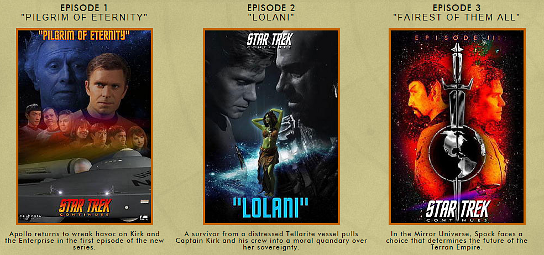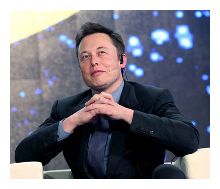 Elon Musk is like the “real life” Tony Stark…. and he wants to build a space based Internet… like Google has proposed.
Elon Musk is like the “real life” Tony Stark…. and he wants to build a space based Internet… like Google has proposed.
Revealed: Elon Musk’s Plan to Build a Space Internet
Bloomberg BusinessWeek – By: Ashlee Vance – “Because he doesn’t have enough going on, Elon Musk—he of Tesla Motors, SpaceX, SolarCity, and the Hyperloop—is launching another project. Musk wants to build a second Internet in space and one day use it to connect people on Mars to the Web.
Musk is tonight hosting a SpaceX event in Seattle, where the company is opening a new office. The talk will mostly be about SpaceX’s plans for hiring aerospace and software engineers in the Pacific Northwest to boost the company’s rocket-building efforts. But he’ll also use the talk to announce his newest idea, which would launch a vast network of communication satellites to orbit earth. The network would do two things: speed up the general flow of data on the Internet and deliver high-speed, low-cost Internet services to the three billion-plus people who still have poor access to the Web. ‘Our focus is on creating a global communications system that would be larger than anything that has been talked about to date,’ Musk told Bloomberg Businessweek ahead of the announcement.
The Space Internet venture, to which Musk hasn’t yet given a name, would be hugely ambitious. Hundreds of satellites would orbit about 750 miles above earth, much closer than traditional communications satellites in geosynchronous orbit at altitudes of up to 22,000 miles. The lower satellites would make for a speedier Internet service, with less distance for electromagnetic signals to travel. The lag in current satellite systems makes applications such as Skype, online gaming, and other cloud-based services tough to use. Musk’s service would, in theory, rival fiber optic cables on land while also making the Internet available to remote and poor regions that don’t have access.
In Musk’s vision, Internet data packets going from, say, Los Angeles to Johannesburg would no longer have to go through dozens of routers and terrestrial networks. Instead, the packets would go to space, bouncing from satellite to satellite until they reach the one nearest their destination, then return to an antenna on earth. ‘The speed of light is 40 percent faster in the vacuum of space than it is for fiber,’ Musk says. ‘The long-term potential is to be the primary means of long-distance Internet traffic and to serve people in sparsely populated areas.”
This project, he says, will be based in the Seattle office. (Musk has yet to determine the location of the satellite factory.) The office will start with about 60 people and may grow to 1,000 within three to four years. The employees will also work on SpaceX’s Falcon rockets, Dragon capsules, and additional vehicles to carry various supplies (and soon, people) into space. “We want the best engineers that either live in Seattle or that want to move to the Seattle area and work on electronics, software, structures, and power systems,” Musk says. ‘We want top engineering talent of all kinds.’
Earlier this week, the entrepreneur Greg Wyler announced a similar effort through a startup called OneWeb. Wyler has spent the last 15 years trying to bring Internet access to the so-called ‘other three billion.’ He started a telecommunications company in Rwanda that set up Africa’s first 3G cell network. Later, he founded a company called O3b, which owns a satellite network that delivers fast, cheap Internet to hard-to-reach places along the equator. Through OneWeb, Wyler looks to expand this vision and fill the skies with hundreds of satellites that will beam their signals down to low-cost, solar-powered rooftop antennas.
OneWeb has announced that Qualcomm and the Virgin Group will invest in its effort, which is expected to cost around $2 billion. Wyler has also already secured the spectrum needed to deliver such a service from space and expects to be up and running by 2018. He has a team of more than 30 engineers developing the satellites, antennas, and software for OneWeb.
Musk and Wyler have known each other for years. Musk, in fact, used to crash at Wyler’s guest house in Atherton, Calif. While there are major similarities between the two ventures, Musk says he’ll have an edge through SpaceX’s smarts and manufacturing techniques. ‘Greg and I have a fundamental disagreement about the architecture,’ Musk says. ‘We want a satellite that is an order of magnitude more sophisticated than what Greg wants. I think there should be two competing systems.'”





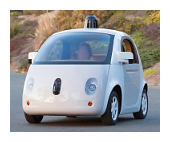 This is WAY sooner than I thought it would be? The question is, would you buy one? Or, do you think they will mainly use it in “closed use” areas (in that timeframe?)
This is WAY sooner than I thought it would be? The question is, would you buy one? Or, do you think they will mainly use it in “closed use” areas (in that timeframe?)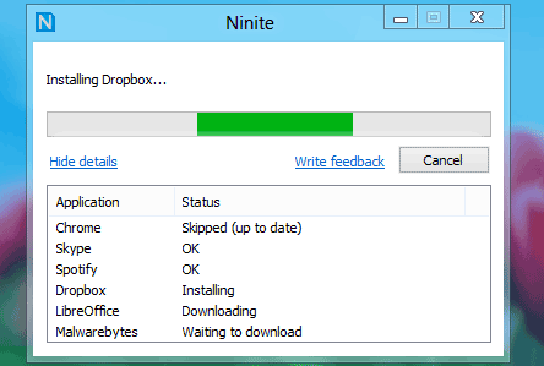
 Elon Musk is like the “real life” Tony Stark…. and he wants to build a space based Internet… like Google has proposed.
Elon Musk is like the “real life” Tony Stark…. and he wants to build a space based Internet… like Google has proposed.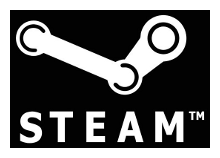 This is a rough week for Linux users! Ouch! This is, at least, a problem with the Steam client, not Linux itself.
This is a rough week for Linux users! Ouch! This is, at least, a problem with the Steam client, not Linux itself.